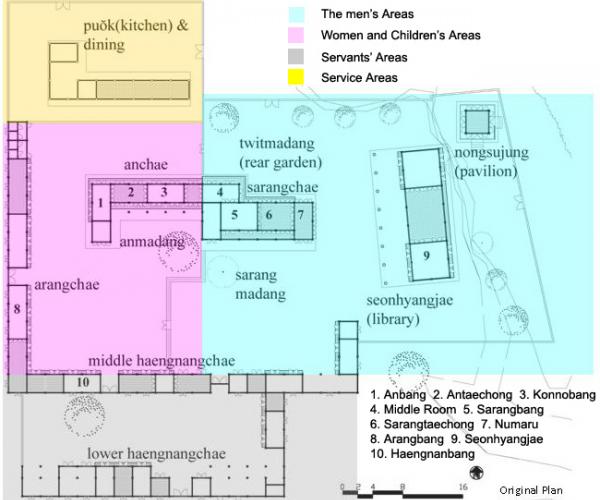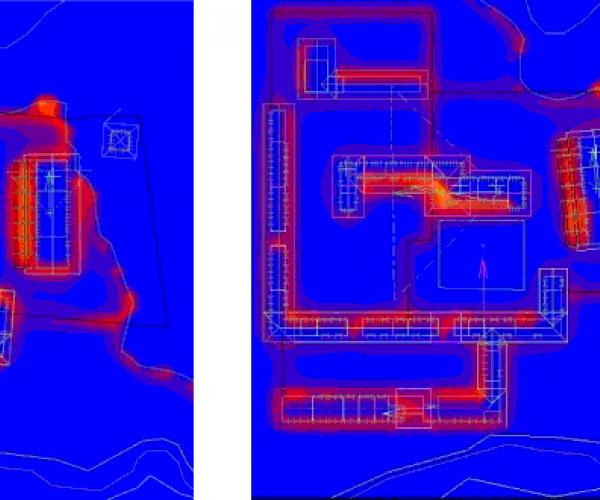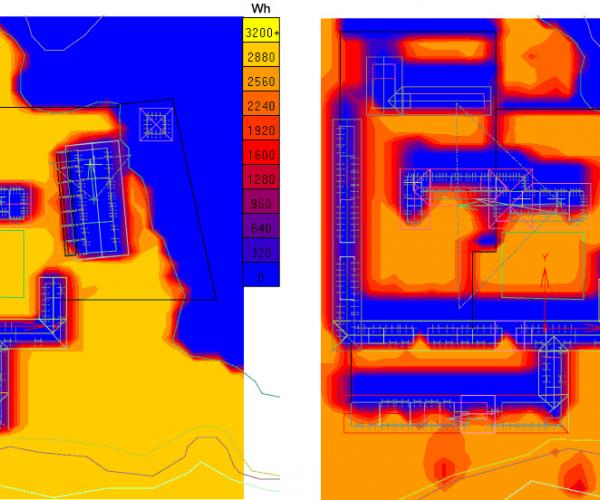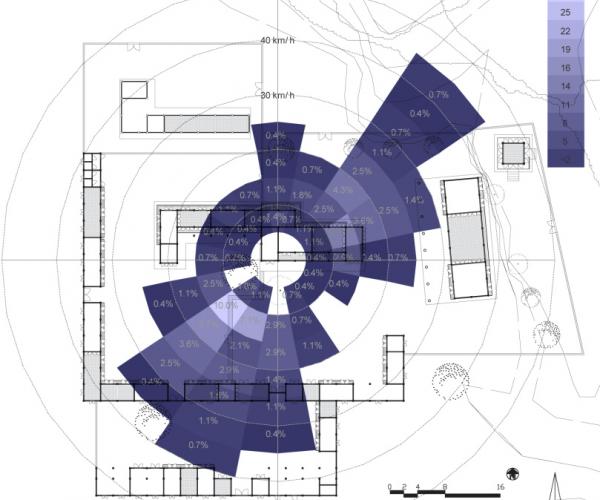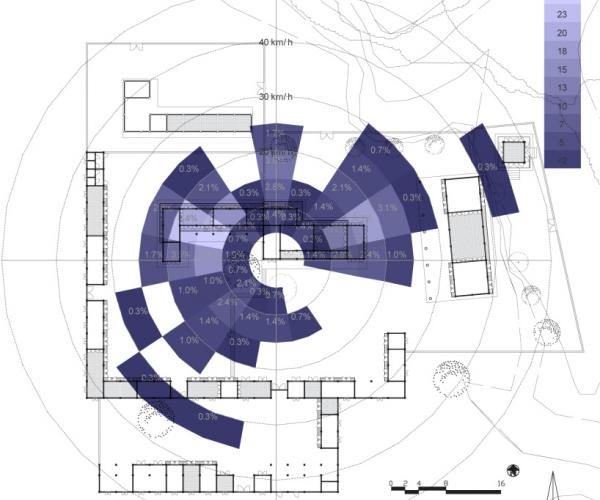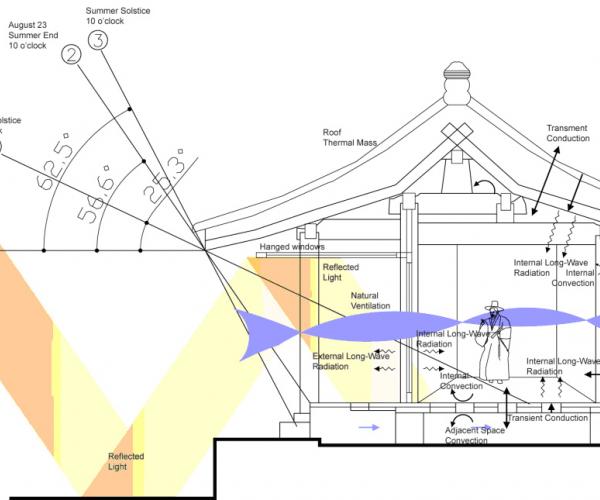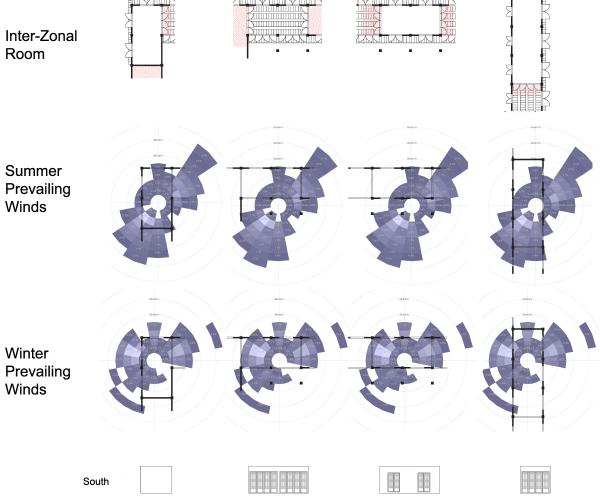Revitalization of Environmental Sustainability Hidden in Yeongyeongdang
In this paper, a traditional Korean residence, Yeongyeongdang in Seoul, is selected to demonstrate the achievement of environmental sustainability in the formal composition of traditional Korean architecture. Using the computational analysis features of Ecotect, as performed on geometric models of the Yeongyeongdang complex, the paper highlights the method of articulating environmental factors in the design of its spatial systems, which were heavily influenced by social hierarchy during the Joseon dynasty (1392-1910).
DESCRIPTION
In this research, Ecotect, the environmental analysis tool, sheds some light for a present-day understanding of the environmental principles embedded in the original design of Yeongyeongdang, a traditional Korean residence. Ecotect was employed to create Yeongyeongdang using a broad range of simulation, and analyzing the functions required for maximizing environmental values by data. The outcomes of the analysis demonstrate that Yeongyeongdang was built incorporating various ecological factors into its basic design and layout, which are heavily influenced by social hierarchy. It confirms that as a model of a traditional Korean residence, Yeongyeongdang satisfies the environmental and social requirements of the historical setting in which the architecture exists (Shin, 2000).
Our understanding of where we live
is not so philosophical but rather pragmatic
Understanding urban environment with quantifiable measures has been the source of debates
Well then becomes the one of heated discussions … now possiblly the one of main trends

